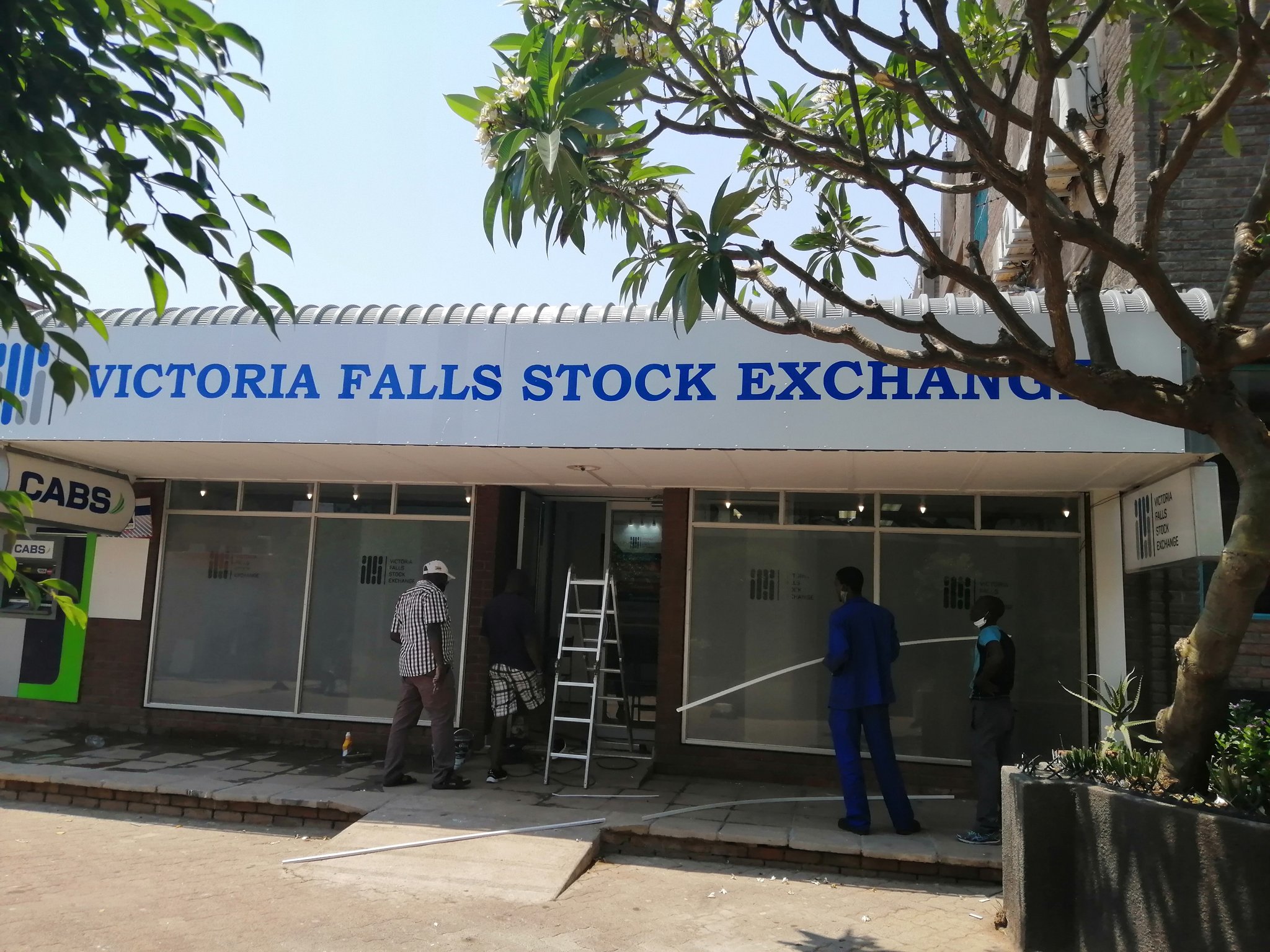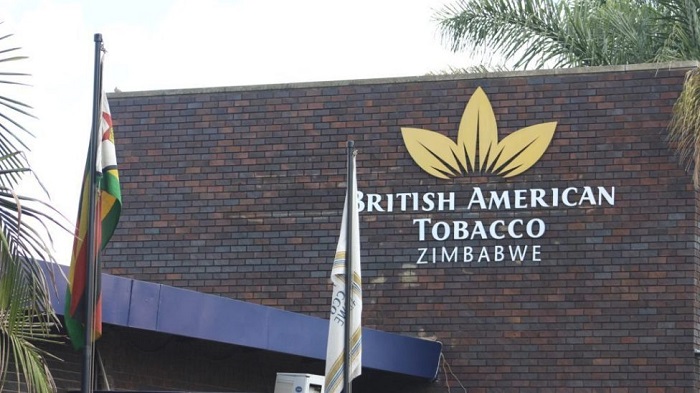Limited access to forex weighs telcos
The capital intensive telecoms industry has bemoaned limited access to foreign currency to invest in network upgrade, maintenance and expansion.
Regulator, Postal and Telecommunications Regulatory Authority of Zimbabwe (POTRAZ) says despite recording growth in nominal value, the sector faces a myriad of challenges, key among them being foreign currency shortages.
“The sector still faces inadequate foreign currency resources that are required to upgrade, expand and maintain telecommunication networks,” said POTRAZ director general Dr Gift Machengete in a sector performance review for the third quarter of 2023.
Other factors affecting the Zimbabwe economy such as erratic power supplies, inflationary pressures, exchange rate volatility and low disposable incomes are also weighing the sector.
“Low disposable incomes in the country remain a major constraint on service affordability and uptake by the postal and telecommunications sector.
“The sector is also experiencing operational challenges owing to power outages, which increase costs of service provision.
“These are operational realities that work against the viability and growth of the sector,” said Machengete.
Meanwhile, during the third quarter of 2023, the sector saw an increase in revenue as well as costs across segments.
Mobile operator revenue jumped 95,3 percent to $850,8 billion compared to $435,7 billion recorded in the previous quarter. However, operating costs also doubled to $430 billion compared to $215 billion recorded in the previous quarter, as inflationary pressures continued to push costs.
Internet access providers saw their revenue for the quarter more than double, rising by 138 percent to $449 billion while operating costs advanced by 14 percent to $256 billion.
Postal and courier services generated $30,7 billion, which was 53 percent above prior quarter while its operating costs jumped 50 percent to record $32,8 billion. In terms of operational performance, the postal and courier segment recorded an upward trend in volumes.
The segment realized a 6,8 percent growth after recording 573,291 items from 536,986 items recorded in the previous quarter.
In terms of internet and data usage, it grew 6,2 percent to reach 44,67 petabytes. Incoming international bandwidth capacity increased by 6 percent to record 339,915. The growth was driven by digitalisation of business, adoption of e-learning by the education sector, and the substitution of over-the-top (OTTP) communication media services among other factors.
During the quarter under review, mobile subscriptions jumped 6 percent to 14,794 million which translated to a 5,6 percent increase in mobile penetration.
Active fixed telephone lines inched up by 3 percent to reach 310,518 from 301,465 recorded in the previous quarter. Resultantly, fixed tele density increased by 0,06 percent.
While the sector recorded improvement in volume performance, the challenging operating environment hampers business growth for the sector.
However, the digitalisation drive across sectors presents growth opportunities for the sector.
“With the increasing need for businesses to undergo digital transformation, positive sector growth is anticipated.
“The tariff reviews initiated are expected to improve revenue-to-cost ratios for operators,” said Machengete.-businessweekly









